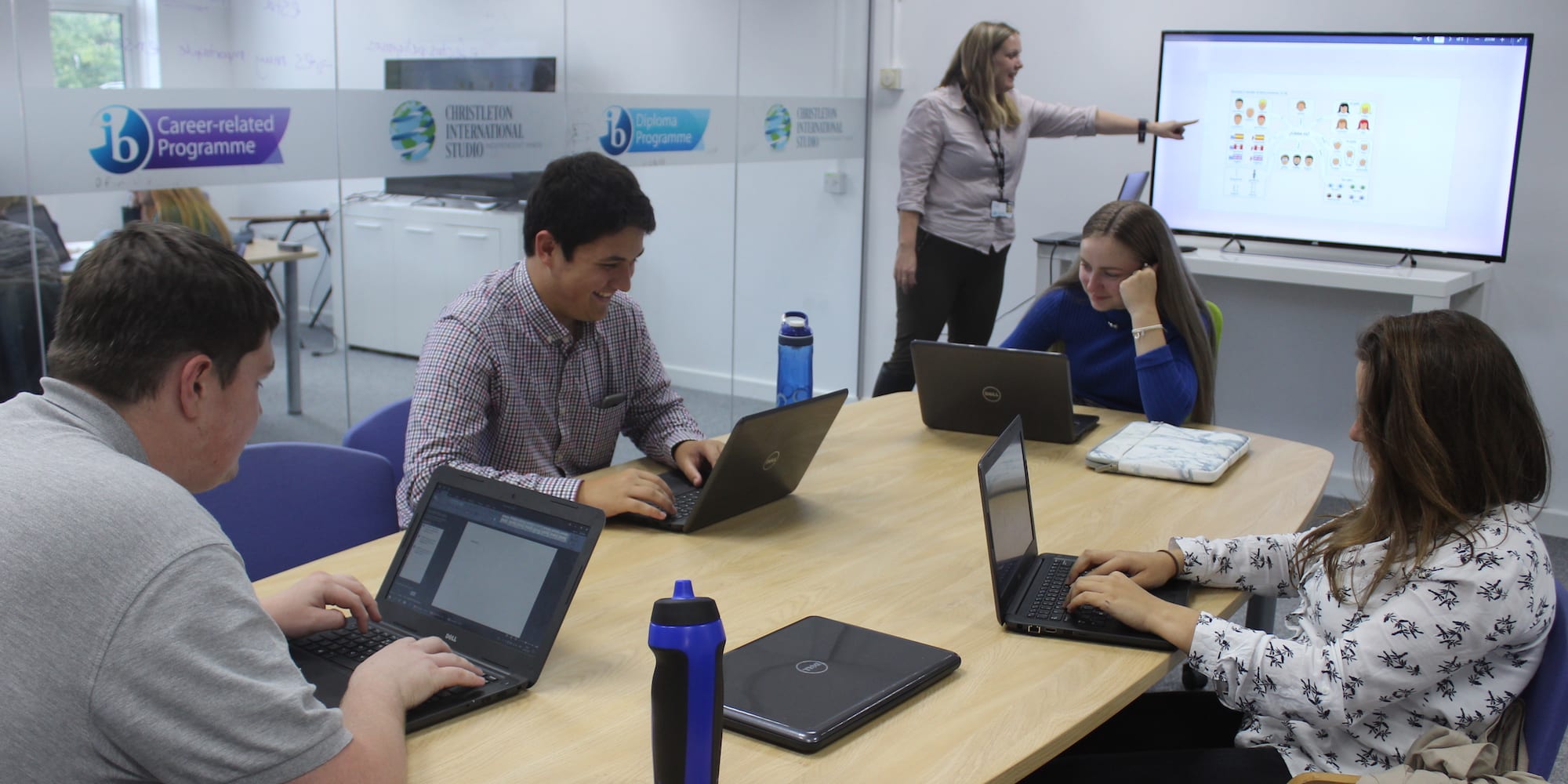
Real innovation stems from team efforts
OPINION – Development managers and start-up entrepreneurs wrongly assume that innovation is the work of especially talented individuals, but today resource sharing and teamwork are preferable.
Words: Boaz Tamir, Founder and CEO, Israel Lean Enterprise
We are used to seeing innovation as the result of an individual's brilliance. Indeed, many of history's greatest inventions are linked to the sheer genius and exceptional ability of great people.
From Johannes Gutenberg to Galileo Galilei, Thomas Edison to Steve Jobs, Bill Gates and Mark Zuckerberg... the list of inventor-entrepreneurs who changed the course of history with their innovations is endless. Some of them didn't quite receive the recognition they deserved while they were alive (at one point, Galilei was even persecuted by the Roman Inquisition for his heliocentric theories), while others were or are hailed as heroes and have built up capital and economic and political influence that in the past could only belong to nations or empires.
Because information can be transformed into political power and financial gain, we have come to see the innovator as someone who locks himself up in a room to secretly create something amazing. This has strengthened the idea that the development of great products is merely a prerogative of remarkable individuals and that the only way to keep these products great is by protecting them from the outside world at all costs. Many product developers and start-up entrepreneurs still believe that sharing information undermines the value of their development – and developers – and that should their breakthroughs be exposed the damage will be so great that they might get wiped out before the products even make it to the market.
In case you didn't notice, however, "times are a-changing" (to quote Bob Dylan, who was awarded the Nobel Prize in Literature just last month) and more and more entrepreneurs and innovators are starting to open their eyes to the importance of cooperation, exposure and teamwork. They now realize that, when it comes to innovation and technological advances, the greatest benefits are to be found in a diverse group of collaborating minds, not in the quest for and exploitation of one brilliant mind (which is not to say that if you were lucky enough to find one you should let it go).
These days, for instance, the automotive and aerospace industries are comprised of tens of thousands of subcontractors, while open-source frameworks to exchange, route and transform data are becoming the preferred way of working for many global development communities. It might be somehow counter-intuitive, but this sharing-based "open-doors" policy doesn't make these organizations naïve (in his last years at Apple, Steve Jobs made the iOS operating system compatible with Apps coming from the global community of independent developers). In fact, it is those that stick to secretive individual innovation that show dangerous naivety – they will soon find out that their modus operandi is conservative and disconnected from the reality of today's market.
Larry Page and Sergei Brin, the co-founders of Google, knew this. As they worked to make their dream of "organizing human knowledge and science" a reality, they dramatically changed the way products are developed, moving their focus from individuals to teams – whether pairs, groups, or communities – and local and global multi-party discussions. Google's organizational culture is based on the idea of creating a gigantic sharing platform to which the wisdom of many can contribute with the aim of creating innovation.
There are other examples, of course. Michigan-based software company Menlo Innovations, for instance, has found that pairing up developers at workstations leads to improved communication and better results in terms of quality and lead-time. In order to ensure cooperation and dialogue across the entire development group (I wrote about the importance of dialogue here), the pairs change after the completion of each "sprint" (weekly piece of work). During the entire process of product development, all members of the group are directly involved in understanding all parts of the system.
The rapid proliferation of scrum and agile approaches is also testament to the importance that is increasingly placed on teamwork and the idea of community both within organizational and inter-organizational systems and in the relationship between developers and customers.
The nature of product development is changing rapidly, and the transition from individual innovation to group innovation is transforming the work of innovators, their professional profile, their craftsmanship, and their social skills: intelligence, knowledge, technical skills, and even creativity are necessary but no longer enough.If you are to support the creation of an organizational culture that promotes excellence in innovation you also need emotional and social intelligence (defined respectively as the ability to recognize emotions and use emotional information to guide thinking; and the ability to get along well with others).
The momentous changes the world is experiencing require a redefinition of the profiles we recruit to carry out our product and business development activities, as well as a different approach to training and managing them. Leadership in a lean product development environment is found in the ability and effort to create cohesive teams that can work together over time. Organizations that want to adapt to a changing world and therefore succeed need to establish a culture based on collaboration, trust, mutual responsibility, transparency, and dialogue. More importantly, they need to give their people the freedom to try and make mistakes in order to continuously learn and improve.
There is only one way to simplify a complex system and make it flexible enough that it can create value while generating minimum waste (which, by the way, is the promise of lean thinking): a transition from a hierarchical view of management, which gives power to the few, to a "flat-organization" management mode that places the authority to make decisions and the responsibility to cope with product development and operational problems in the hands of work teams.
What is preventing us from building and managing organizational systems that can thrive on these cultural foundations?
THE AUTHOR

Read more


FEATURE – Why do lean transformations benefit from the support of a sensei? Michael Ballé discusses how we typically need help to take the emotions out of the work and go down uncomfortable paths.


NOTES FROM THE GEMBA – Somfy’s R&D department is applying Lean Thinking to close knowledge gaps, improve collaboration, and boost innovation and technical competence.


WOMACK'S YOKOTEN – As a new age in aerospace dawns, with a need to move from huge and bespoke designs to affordable and high-volume production, lean thinking has a key role to play. But will the industry listen?


FEATURE – The application of lean management to education is not new, but we all know how hard changing legacy systems is. This greenfield lean school aims higher, trying to rethink learning altogether.

